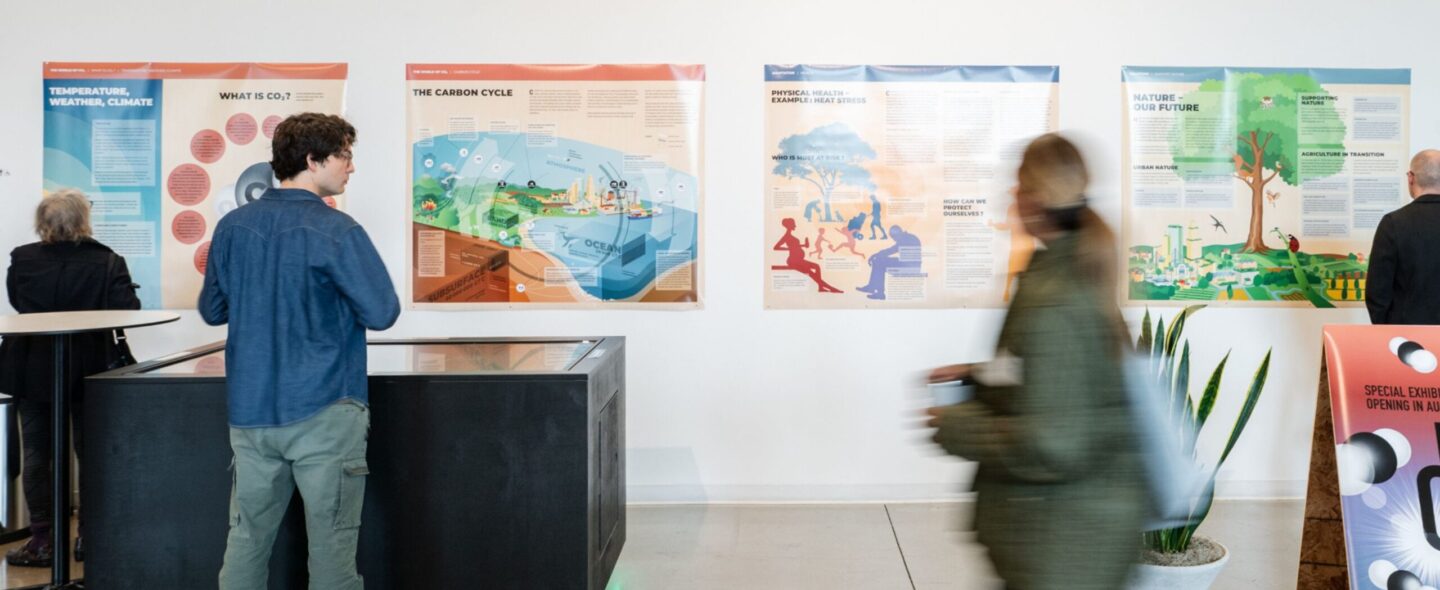
Simone Pengue
San Francisco – October 23, 2025
A Personal Perspective
One day, I tried to explain Einstein’s theory of relativity to my grandmother, an elderly southern Italian woman with almost no formal education. After listening to my explanation of time dilation and length contraction, she paused and said, “Paying for your studies is really expensive. What on earth are you learning? You’d be better off getting a job.” Her reaction made us all laugh, but I realized I had completely failed to convey my enthusiasm for one of science’s most beautiful ideas. That moment, during my physics degree, was what first pushed me toward science journalism. I’ve always loved sharing what excites me, and science is no exception. But in practice, it is not that straightforward. Many are unfamiliar with the language of science and encounter barriers when trying to approach it. This is precisely where science communication comes in: it translates science into a language everyone can understand. Like skilled translators, science journalists have the responsibility not only to convey facts and context but also to transmit the curiosity, enthusiasm, and passion of the scientists behind the research.
Who Communicates Science
There are two main approaches to bringing science to the public: journalism and communication. Journalists are independent in reporting, selecting relevant stories, speaking with experts, and presenting them with clarity and context. Their role includes maintaining a critical eye, examining social impact, and the consequences on everyday life. Communicators, by contrast, represent institutions or companies. Their work highlights achievements, promotes initiatives or products, and often seeks to build trust with specific audiences. Both roles are essential, but their missions differ.
Beyond journalism and communication, two other channels also play an important role in shaping public understanding of science. One is informal education, through institutions like the Exploratorium in San Francisco, YouTube channels, and popular science books, which focus on broader topics and general principles. Its goal is to inform and entertain while fostering long-term engagement with science. The other is often called “outreach”, which involves scientists directly sharing their work, drawing credibility from their professional expertise. Today, this form of engagement thrives on social media via scientists’ personal accounts.
How to Communicate Science
Effective science communication begins with carefully selecting what to share. When speaking with a scientist or reading a paper, one encounters far more details than an audience can take in. Much must be left out. Many scientists struggle with this, finding every aspect equally important, making their explanations overwhelming. Looking back, I probably made the same mistake explaining relativity to my grandmother.
Language is another key aspect. Scientific terms carry precise meanings, and preserving that precision is essential. This applies to technical words and seemingly simple terms like “all” or “always,” which can send misleading signals if misused.
Finally, there’s a misconception that formal science training is a prerequisite for good communication. I believed this myself until I met excellent science journalists who never studied science. What matters most is genuine passion for science and telling stories about it. Still, even the most skilled science communicator faces practical challenges: limited time, shrinking newsroom resources, and the constant flood of new research competing for attention.
New Forces Shaping the Future of Science Communication
In this landscape of budget cuts and time pressure, emerging technologies are beginning to reshape how we approach this work as well. Among them, artificial intelligence stands out as a promising ally, offering ways to expand what science journalists can achieve.
I explored AI potential during the Multimedia Lab for Journalists at Swissnex in San Francisco in August 2025. When applied to science journalism, AI can scan the web to identify interesting leads before writing begins, breaking down academic publications into key points and suggesting interview questions. It’s also useful for transcribing and translating interviews, understanding scientific concepts quickly, and finding concise explanations. Right before publication, large language models (like ChatGPT) provide editorial feedback, grammar review, and title suggestions. It is a collection of small tasks that, together, enable science journalists to work more quickly and with greater accuracy.
Equally innovative is the strategy of expanding science communication onto social media to reach younger generations. Projects like Smash Science, produced by influencer Chloé Carrière and journalist Mirko Bischofberger, demonstrate this evolution: their engaging videos on TikTok and Instagram pioneer a new form of digital science journalism.
Together, these developments suggest that the future of science communication lies not in abandoning traditional approaches, but in complementing them with new technologies and platforms that meet audiences where they are.
Against the Trend: In-Person Events
There is great value in an opposite approach: engaging small groups through in-person events. Such encounters foster bidirectional exchanges through discussions, roundtables, and Q&A sessions. These formats encourage learning and can rebuild public trust in science through physical presence. These events must prioritize entertainment, pleasant and fun first, educational second.
During the Multimedia Lab for Journalists at Swissnex in San Francisco, we were shown how major local media outlets are also beginning to embrace this approach. A notable example is KQED, the PBS member television station based in San Francisco, which in recent years has begun organizing live events alongside its traditional television and radio programs. These events have been highly successful with audiences and provide an opportunity to establish a more direct dialogue with the public.
I favor a horizontal format, reducing distance between speaker and audience through informal tone, absence of a stage promoting physical proximity, and generous space for audience voices. This is where small in-person events excel compared to articles, videos, or large conferences.
Sharing Science behind Walls: Lugano’s Prison Project
I have applied these principles at the Strutture Carcerarie Cantonali, conducting two-hour seminars on scientific topics in both women’s and men’s sections. Prison is a hermetic environment with limited contact between inmates and the wider community. Science can serve as a bridge, while discussions on artificial intelligence, climate change, or vaccines help inmates prepare for a world that evolves during their incarceration.
According to social workers, these sessions were among the most attended seminars they organized. Participants were eager to engage with science, from quantum mechanics to colors. I also offer workshops on science journalism, giving participants the chance to deepen their understanding and write about topics after reviewing material.
Looking ahead, I hope to extend this format to retirement homes or immigration centers, bringing science into people’s social context. Science is, after all, for everyone.
Simone Pengue
